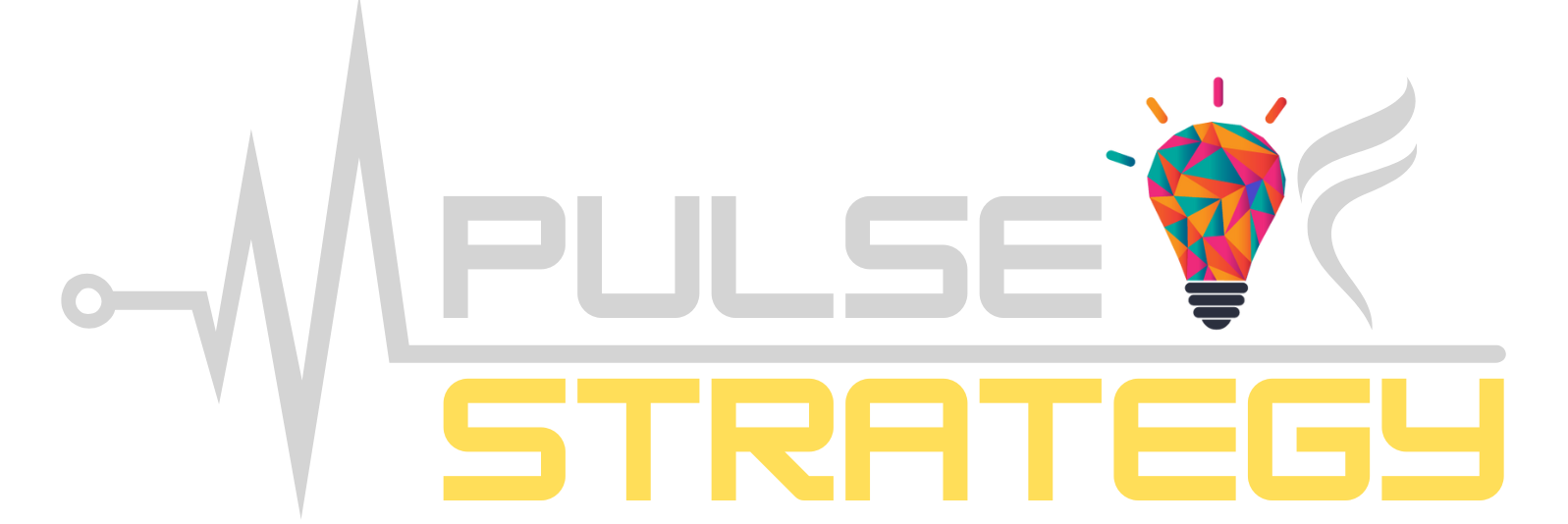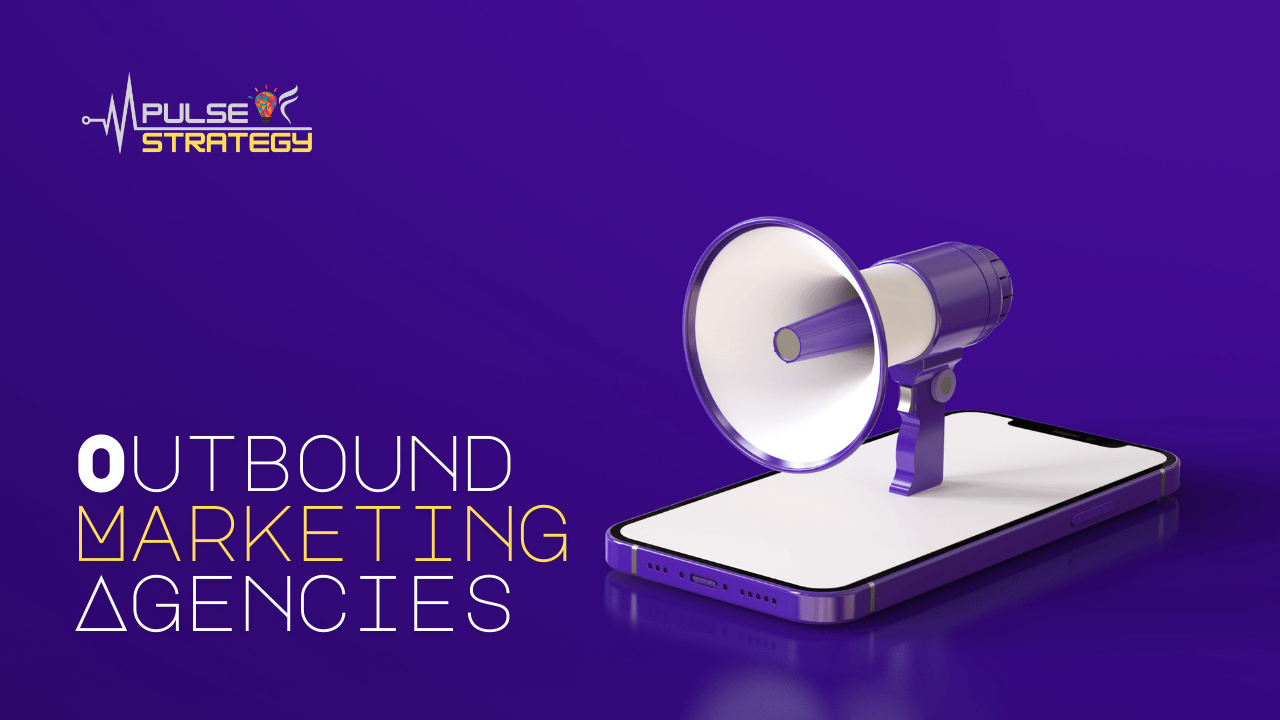
Outbound has a reputation problem. Say the word in a meeting and watch shoulders tense. People remember the junk. The lazy blast. The cold call that lands right in the middle of lunch.
Still, it works. I’ve seen it wake up dead. Not with volume. With timing, relevance, and clean sending.
Running that from inside the team is harder than it sounds. You pull a list, it’s already stale. Open rates sag for no clear reason. Deliverability rules feel like a moving target. Burn one domain and your week goes sideways.
Here’s what changed. Outbound lives closer to marketing now. AI handles the early touch and makes scale cheap. That means the game is about signals, not scripts.
This is where the right agency helps. Not a vendor who dumps leads. A partner that builds workflows, watches domain health, and keeps a tight loop between message and response. They act like an accelerator.
In this guide we cover three things. Why outbound still earns its seat at the table. How to choose a partner who can do the job. And which teams are actually getting results right now.
What Is Outbound Marketing?
Outbound marketing just means you’re the one reaching out first. Cold email, a quick phone call, a DM on LinkedIn, whatever channel makes sense. You’re not waiting for leads to stumble onto your website; you’re knocking on the door.
It hasn’t always had the best reputation. A decade ago, it was “spray and pray.” The same boring pitch was sent to thousands of people, most got ignored, some got annoyed, and a few poor souls actually replied. That doesn’t really work anymore. Buyers are smarter. Filters are stricter. And honestly, everyone’s inbox is already overflowing.
The modern version of outbound is different. It’s about relevance. Mentioning that a company just raised funding. Congratulating someone on a new role. Showing you did a bit of homework. Tech helps with scale, but the goal is still to sound like a human, not a bot.
And here’s the thing, outbound isn’t some rival to inbound. They’re better together. Inbound brings people in with blogs, SEO, all that content you’ve been building. Outbound goes after the ones who don’t even know you yet. If inbound is the magnet, outbound is the push. If you’re already investing in content marketing, outbound is what turns those efforts into actual sales conversations.
Why Hire an Outbound Marketing Agency

Doing outbound on your own looks easy. Grab a tool. Pull a list. Hit send. Then the weird stuff starts. Open rates drop. Replies go silent. Your domain score slips, and even normal emails begin to land in spam. Now you have a pipeline problem and a deliverability mess.
Agencies exist to prevent that slide. They live in the details most teams ignore. List quality. Warm-up schedules. Quiet reputation fixes after a campaign spikes. The boring work that keeps the lights on.
Expertise and proven playbooks
Good agencies don’t guess. They test. Subject lines. First lines. Follow-ups. They know when a short email wins and when a softer task gets more meetings. They also know when to stop pushing and change the angle. You get pattern recognition instead of trial and error.
Avoiding common mistakes
Most outbound failures look the same. New domains get thrown straight into heavy sending. Dirty data sneaks in from an old spreadsheet. The copy reads like a sales script and gets filtered. An agency puts guardrails around all of that. Clean data in. Gradual volume. Copy that sounds like a person and not a template.
Perspective
Outbound works best when it carries your content, not just your pitch. If you are publishing guides, playbooks, or research, an agency can place those assets in front of people who will actually care. Think of it like content syndication, where distribution multiplies the reach of what you already made.
Access to advanced tools and compliance know-how
The tool stack is heavier than it looks from the outside. Sequencing platforms. Data enrichment. Deliverability monitors. Compliance settings that change by region. Agencies already pay for the stack and know how to use it without tripping GDPR or CAN-SPAM. You avoid surprise fees and even bigger headaches.
That is the real trade. You can learn all of this the hard way, or rent a team that has already done the learning.
Related: Why Founders Recommend Hiring Marketing Consultants?
Criteria for Choosing the Right Agency
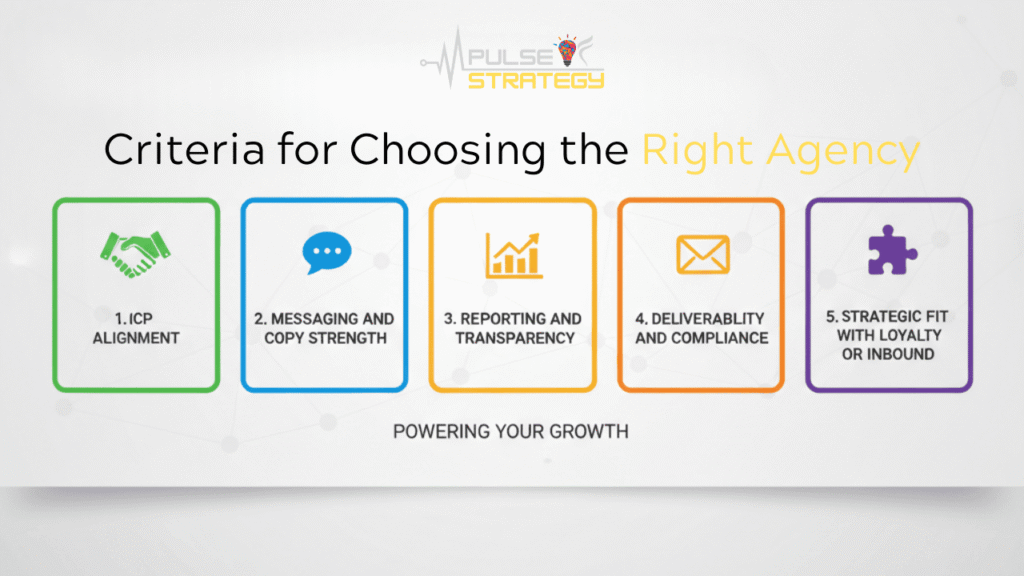
You are not shopping for a vendor. You are picking a teammate. The right one will feel curious about your buyers and a little obsessive about details. The wrong one will push volume and hope for the best. Here is how to separate them.
1. ICP alignment
Start with who you sell to. Job titles, pains, timing triggers, and buying committee. Ask the agency to build a tiny sample list and talk through why each account made the cut. Which signal says it is a good time to reach out? Which channel would they try first?
If they keep drifting back to big numbers instead of fit, that is a red flag.
2. Messaging and copy strength
Outreach lives or dies in the first lines. You want an agency that can write like a person and still move the deal forward. Have them draft two or three cold emails for your buyer. No decks. Real copy.
Good writing comes from a clear strategy. If you like the way pricing reveals strategy, this breakdown of how AI and strategy are affecting SEO pricing shows why clarity beats noise. The same idea applies to outbound. Fewer words, sharper points.
3. Reporting and transparency
Ask what you will see every week. Not just opens. You want delivered, replies, positive replies, meetings, and the why behind losses. You also want examples of real threads, not just a chart. Can they tag campaigns in your CRM? Can they send short call clips? When results dip, you should know within days, not next quarter.
4. Deliverability and compliance
This is where most teams get hurt. Have them walk you through new domain warm-up, daily caps, bounce thresholds, and how they handle SPF, DKIM, and DMARC. Every list should run through verification. On compliance, they should explain consent by region and how removals get synced across tools. If they cannot say it in plain English, you will pay for it later.
5. Strategic fit with loyalty or inbound
Outbound should plug into your other plays. If you run content or customer marketing, the agency needs to know where handoffs happen and how to support retention. Use one story across ads, email, sales, and post-sale.
A quick gut check to close. Do they get your buyer? Can they write? Will they show their work? Can they keep you safe? Do they make the rest of your marketing stronger? If you can say yes to those, you are close.
Top Outbound Marketing Agencies
1. Single Grain
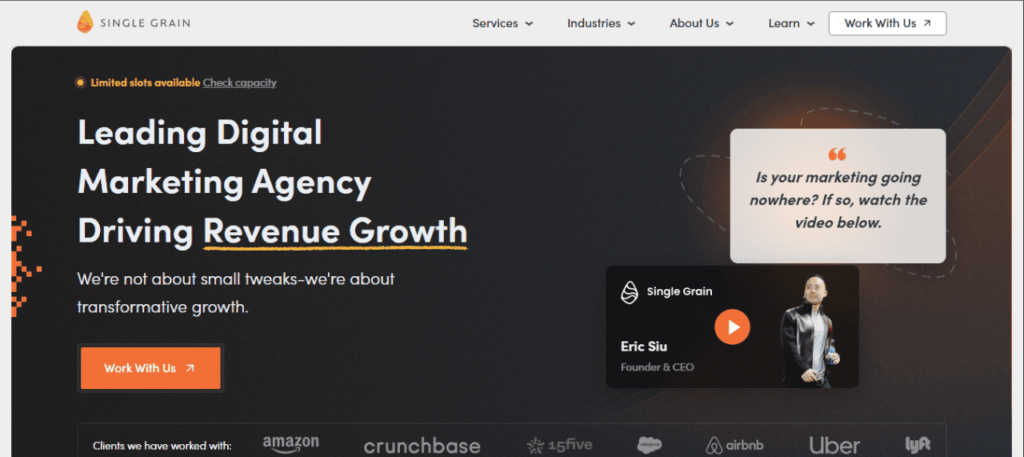
Known brand, strong on strategy, and comfortable mixing outbound with paid and content, so you are not stuck in one lane.
Services: personalized cold outreach, multichannel campaigns, paid distribution, and clear reporting.
Standout: they connect outbound to your inbound motions, so conversations turn into a pipeline you can track.
2. Callbox
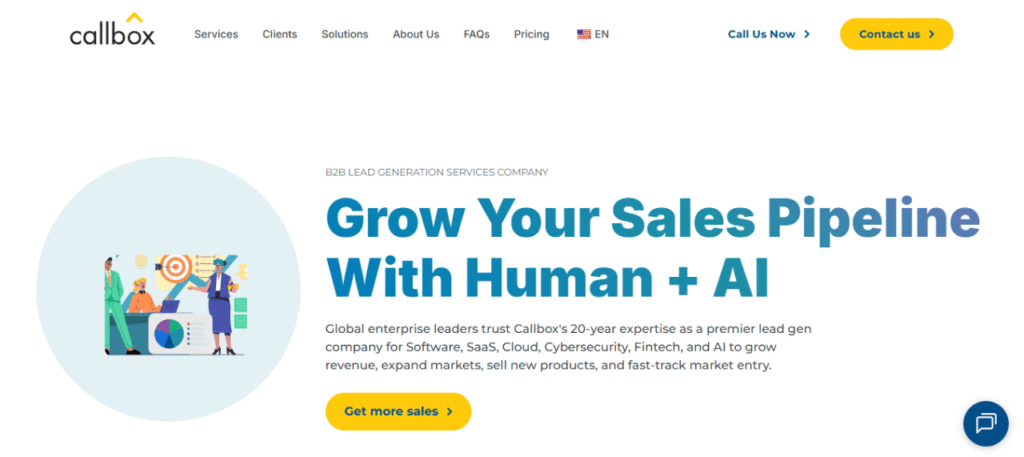
High volume, global footprint, and two decades in B2B lead gen. If you want coverage across regions with appointment setting built in, they live there.
Services: lead generation, appointment setting, event and webinar support, account account-based targeting.
Standout: scale plus process. Helpful when you need meetings in multiple markets without spinning up internal teams in each one.
3. SalesCaptain
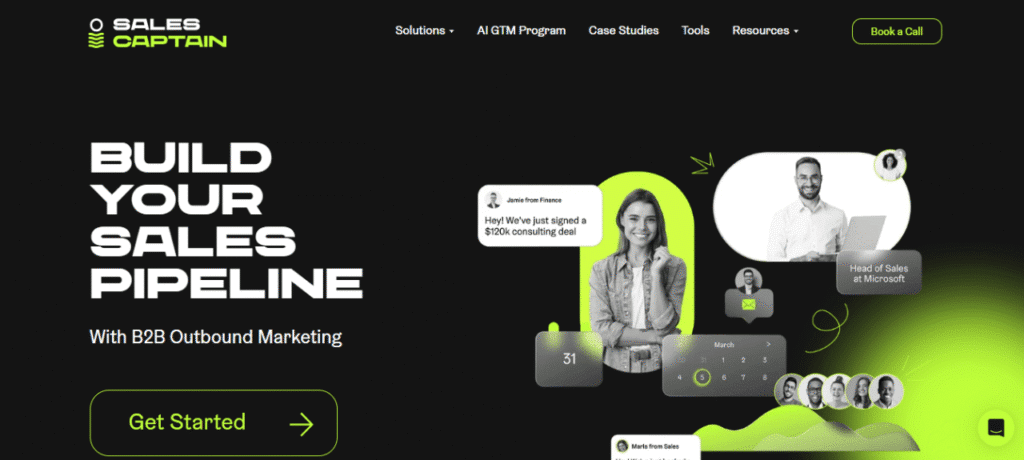
SalesCaptain runs multichannel outbound that chases meetings and revenue, not busywork. They mix email, LinkedIn, and light calling with tight list research and short, personal first lines. Testing is steady, reporting is plain English, and domain health comes first so tomorrow’s sends still land.
Services: research and list building, copy and sequencing, email and LinkedIn outreach, light calling, testing, CRM and calendar sync.
Standout: deliverability discipline. Warm up done right, sensible daily caps, verified data, and constant monitoring to keep your main domain clean.
4. Directive Consulting
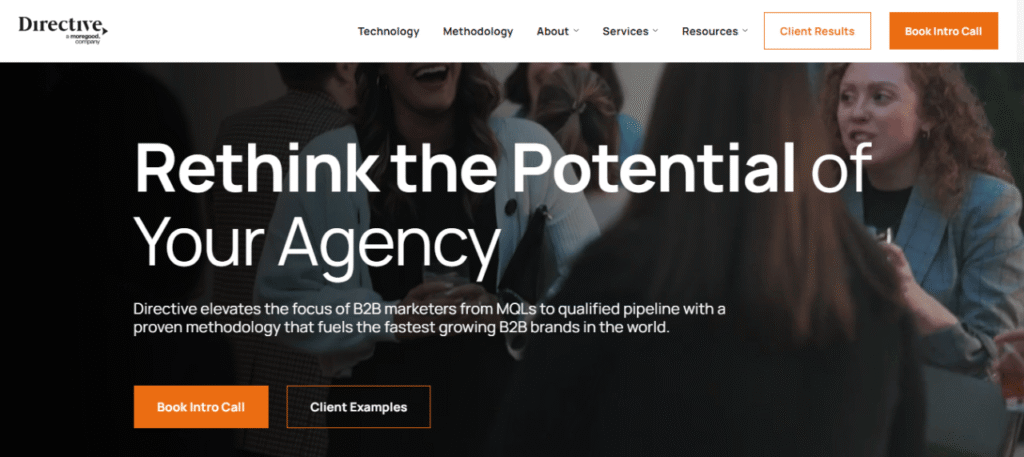
Best fit if you sell software or anything that behaves like SaaS. They bias toward measurable pipelines over vanity leads.
Services: customer-led growth strategy, paid acquisition, lifecycle programs, and demand creation that supports sales.
Standout: they speak revenue. Helpful if you are moving from MQL goals to qualified pipeline and win rates.
5. Ironpaper
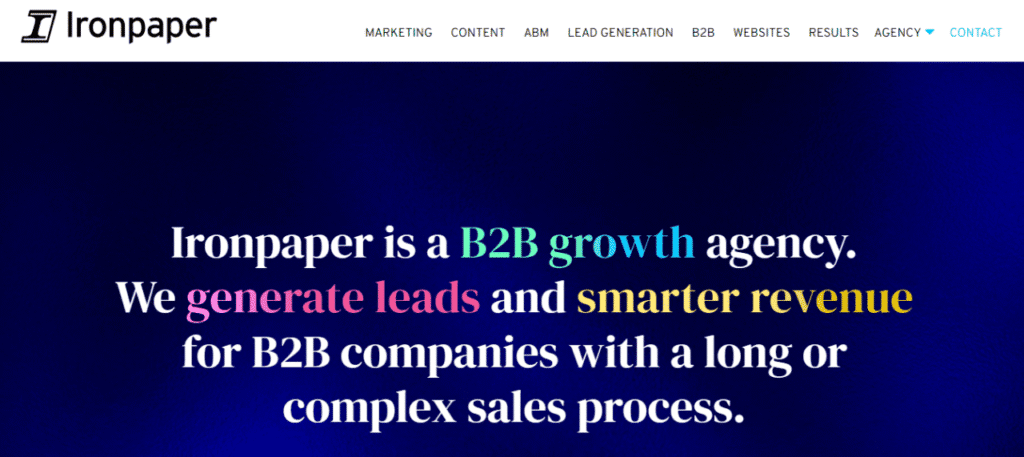
B2B growth shop that treats demand like a system. Less noise, more qualified conversations.
Services: demand generation programs, content and messaging, ABM, CRM, and automation, ongoing optimization.
Standout: integrated programs for mid-market sales cycles where multiple touches are normal.
6. RightBound
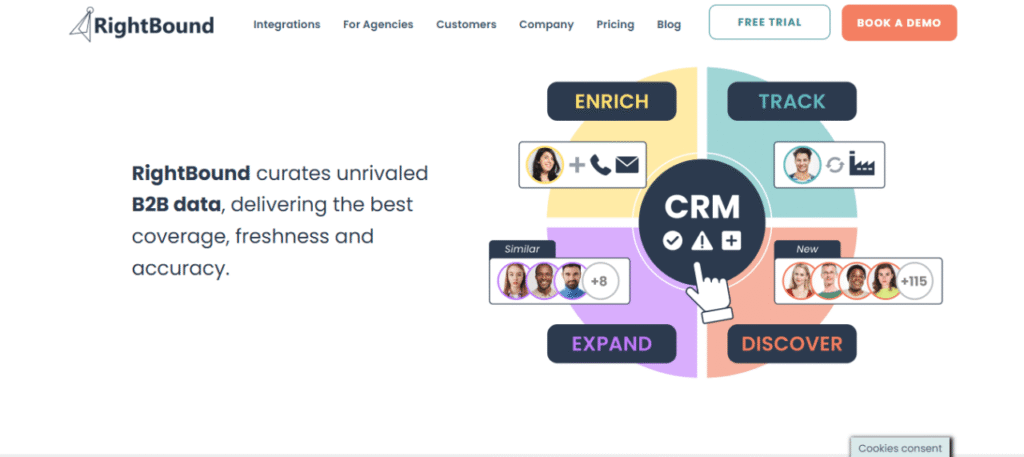
Not a classic agency. A tech stack that automates prospecting and feeds your sequences. Many agencies and SDR teams plug it in to move faster.
Services: autonomous prospecting, enrichment, routing into tools like Outreach, CRM updates, LinkedIn LinkedIn-friendly workflows.
Standout: it finds and refreshes targets while your reps or your agency handle the human parts.
If your team is early and needs a true partner, start with an agency like SalesCaptain or Ironpaper. If you already have strong inbound and paid, Single Grain or Directive can connect the dots. And if you want meetings in multiple regions, Callbox is built for that. If your team likes to keep outreach in-house but needs better sourcing, pair your crew with RightBound.
How to Get the Most From Your Agency
Treat the agency like a small squad you borrowed. Give them context, not scripts. Point them at the right people. Keep the conversations real and fast. That is how you get lift.
Clear ICP definition
Make a one-page cheat sheet. Who buys. Why do they care? What usually triggers a need? Titles, industries, company size, and tools they use. Then pull a tiny sample. Ten accounts are fine. Add one short note beside each name that explains timing. New hire. Funding. Expansion. A reason to reach out now.
Give them clean fields so they do not guess:
- Company site
- Buyer title
- Work email
- Region
- One pain you solve
- One outcome you can prove
Aligning messaging with brand voice
Build a voice kit. Keep it simple. Words you use. Words you avoid. One sentence promise. Three proof points that feel real. A short customer line you actually heard.
Ask for a mini message map before they scale. First touch, soft follow-up, bump. One or two lines each. Read them out loud. If you would not send it from your own inbox, it is not ready.
Regular feedback loops
Set a clean rhythm. Quick weekly check for numbers. A deeper review every other week, where you read real threads and listen to a few calls. Save the lines that got replies. Call out the ones that fell flat.
Change one thing at a time so you know what moves results. Subject line, first line, offer. Keep a running doc of tests and outcomes that the whole team can see.
Setting realistic expectations
Outbound ramps. You warm domains. You build lists. And you test angles. Early weeks are for finding signals, not hitting a quota.
Track the parts that matter. Delivered, replies, positive replies, meetings held, wins. Watch reply quality. A few clean yes replies beat a pile of vague maybes. Protect speed to lead. Under ten minutes beats an hour. An hour beats tomorrow. Also, protect the calendar, confirm meetings the day before and the morning of no shows sink momentum.
Do these basics well and the agency stops feeling like a vendor. They start to feel like another arm of your team.
